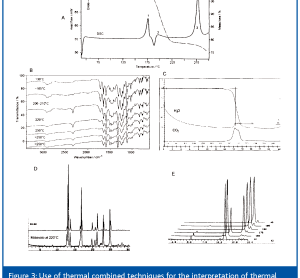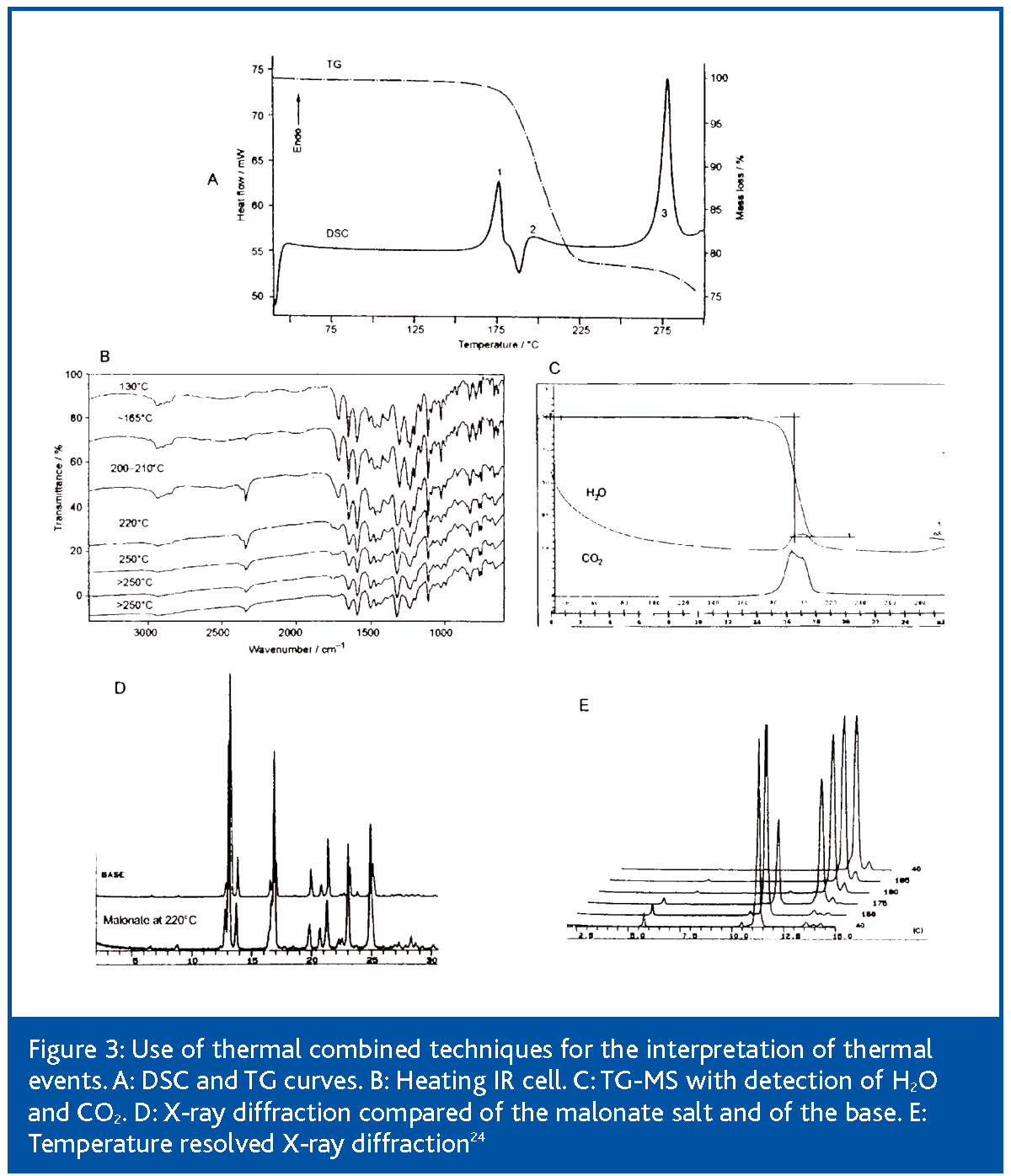The right approach to human therapy
28 September 2006 | By Dr Simone Hess, Max-Planck-Institute for Infection Biology
The RIGHT (RNA Interference Technology as Human Therapeutic Tool) consortium consists of 18 research institutions and four companies from nine European countries. The project has been funded as an integrated project by the European Commission’s Sixth Framework Programme for Research and Development (FP6) since January 2005. Thomas F. Meyer from…






